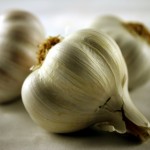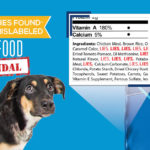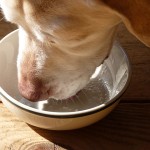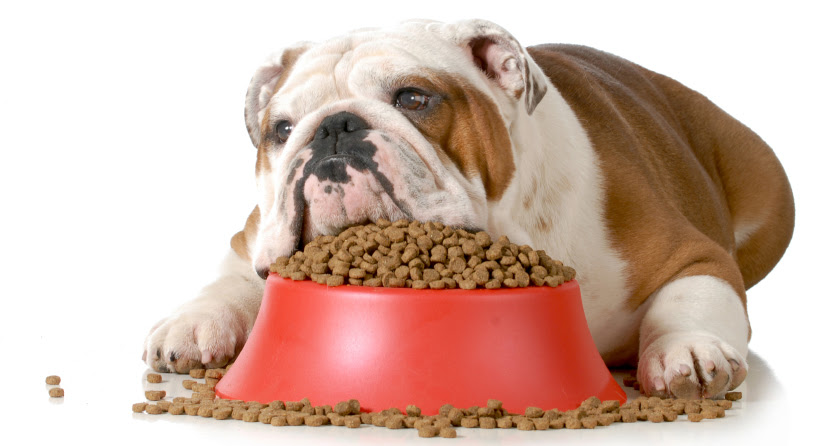“By nature, dogs are scavengers and will eat whatever they are able to. Since our modern day pet does not have to live so opportunistically, it is the owner’s prerogative to seek out the best CHOICE of diet for our four-legged companions.”
By Robert Mueller, BSc, Pharm.
Here in America, we are very fortunate to be able to choose what we want to eat, enjoy it when we are ready, and have it cooked (or not cooked) exactly to our liking. This is called freedom of choice. Our pet population however, does not have this luxury and is subject to what, when and how we elect to feed them. We are, in a sense, the masters of their fate.
Now this story can either have a good or bad ending. The good ending comes when we elect to feed a biologically appropriate raw diet that meets all of our pets’ nutritional needs – we can expect and will see great health benefits. We have chosen the right path, albeit a long hard journey, to eliminate what I call “junk food for dogs”. The bad ending happens when people continue to feed kibble and other dry diets… often coated with flavor enhancers and heavy on the carbs to their pets.
As humans we are also faced with dietary choices, bombarded by the media and living very fast-paced lifestyles these days. More often than not we may give in to our fast food cravings -filling ourselves with unhealthy, carbohydrate-laden foods – even though we know better. Which is why in America today the human and pet populations are 40 percent overweight and that is really a very bad ending.
But it doesn’t have to end this way. Remember – we are fortunate to live in a country of free choice! Once you see the damaging effects of joint discomfort, energy decline, and other serious health issues in your pet you can correct the problem by taking the appropriate steps. And the best part is that you will benefit too.
You see, many of the preventive and causative factors of obesity are the same for humans and animals. Lowering the intake of fat and increasing the amount of exercise will produce immediate results. So if you’re a few pounds overweight – why not reduce fat in the diet and have your pet take you for a walk? I know your dog would like nothing better!
It is speculated that health problems in humans begin to increase when a person’s weight is 15% or more above their ideal weight. It is no different for our pets. Many problems start to materialize with weight gain – like hyperinsulinemia, glucose intolerance, diabetes, pulmonary and cardiovascular disease, and orthopedic or structural problems. Along with all these possible disease states we see a higher surgical risk, and an increase in morbidity and mortality.
The cause of obesity can be explained by simple math – more energy is taken in than is expended. Excess energy that is created is stored primarily as fat, resulting in weight gain and a change in body composition. There are several other factors that are part of this equation but in most cases the simple math is a fair enough explanation.
A technique that most commercial pet food manufacturers use as a weight reduction method for sedentary pets is to decrease the level of fat in the diet. This may be a good technique except for the fact that some manufacturers replace the fats with digestible carbohydrates such as corn and rice, and some use indigestible fiber, which results in increased fecal volume and defecation frequency.
The reduction of fats in a dog’s diet is effective for weight loss because it increases both the caloric density and the palatability of pet foods. On a weight basis, fat provides more than twice the calories of carbohydrates or protein. Therefore, decreasing the fat content decreases caloric density and may slightly decrease palatability. This is exactly why commercial dry pet food producers add fat sprays to the kibble. It is used to increase the palatability of a very bland grain based diet.
If you are trying to use a “reduced calorie” diet to drop some weight off your dog, then I suggest you use a strict portion-controlled feeding program. The trick is you must be able to provide a diet that is nutritionally balanced while lowering the amount of calories being consumed. Fasting or starvation is a type of calorie reduction but can produce immediate and long-term negative consequences thus it is a poor choice to use. A better solution is to feed a biologically appropriate raw food diet.
The whole study of obesity is a complicated subject. There are a multitude of studies to support each of the factors affecting weight gain and reduction. No one answer is correct – there is no “perfect” solution. However simple math does offer a valid common sense approach – which is a controlled feeding program resulting in a gradual rather than rapid weight loss.
We must consider the feeding choices and make healthy decisions for our pets – after all we are the guardians of their health. Let’s make sure we do everything possible to give the story a happy ending!
Source:
Robert Mueller, BSc, Pharm. is a registered pharmacist, author of “Living Enzymes: The World’s Best Kept Pet Food Secret”.












